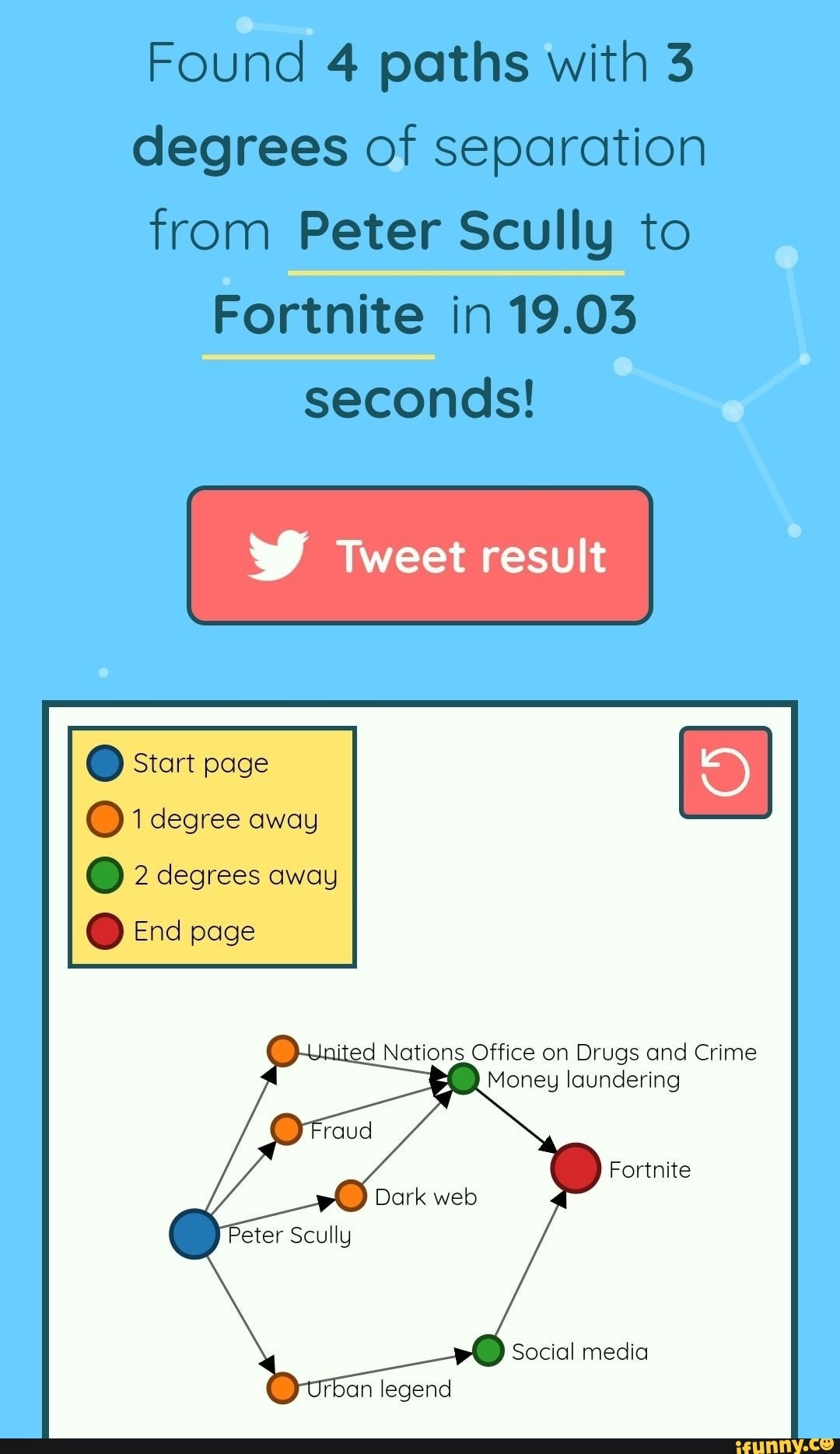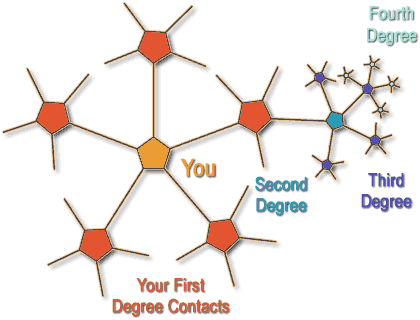
Indirect contact would best be described as being in the same vicinity as someone who tested positive, or being in closer contact, but with both parties wearing a mask. It is important to monitor for symptoms during this time, and testing is recommended if you develop any symptoms. The time you spend with the person increases your risk, and indoor exposure seems to increase risk when compared to outdoor exposure. This would include household contacts, co-workers, etc. Direct contact would be considered contact within six feet, without masks. This should be a strict quarantine, significantly limiting interaction and exposure with others. If you’ve been in direct contact with someone who has now tested positive for COVID, you should self-quarantine for 14 days from your last contact. There are other strategies that are in place for healthcare workers, and those in other industries, that involve repeat testing, but the above criteria are for the general population.

#Three degrees of separation full
You must be fever free for at least 3 full days It must be at least 10 days from the onset of symptomsĢ. There are three basic criteria to come out of self-quarantine:ġ. If your symptoms worsen, you should be in contact with your doctor, or seek emergency help. If you’ve been diagnosed with COVID, you should self-quarantine to prevent exposure to others.


So, here’s a brief, generalized, overview of current recommendations. I’ve fielded dozens of questions this week asking about the proper response to exposure to someone with COVID. As the number of cases of COVID continues to grow at an increasing rate, more and more of you are being directly or indirectly exposed.


 0 kommentar(er)
0 kommentar(er)
